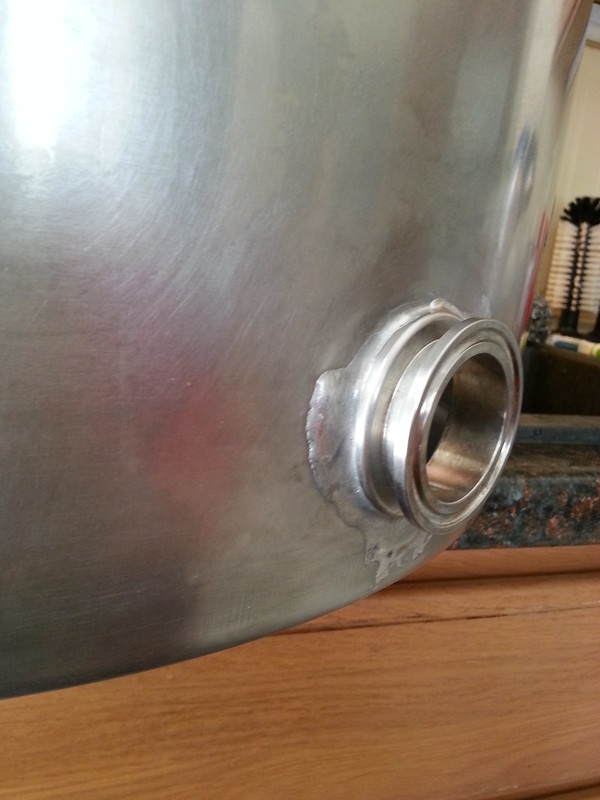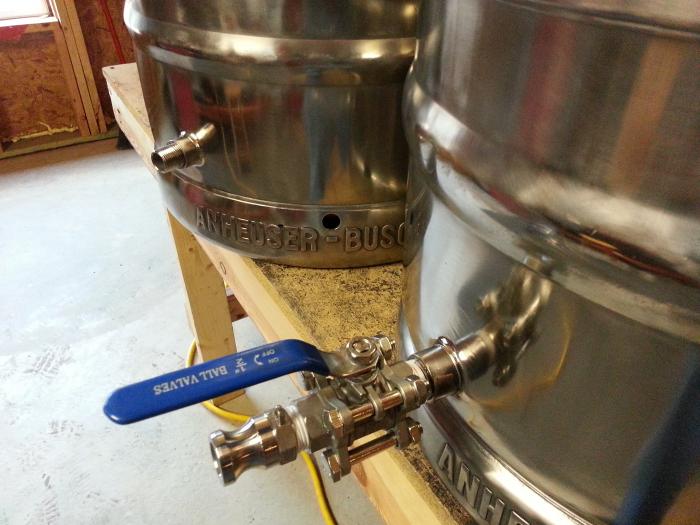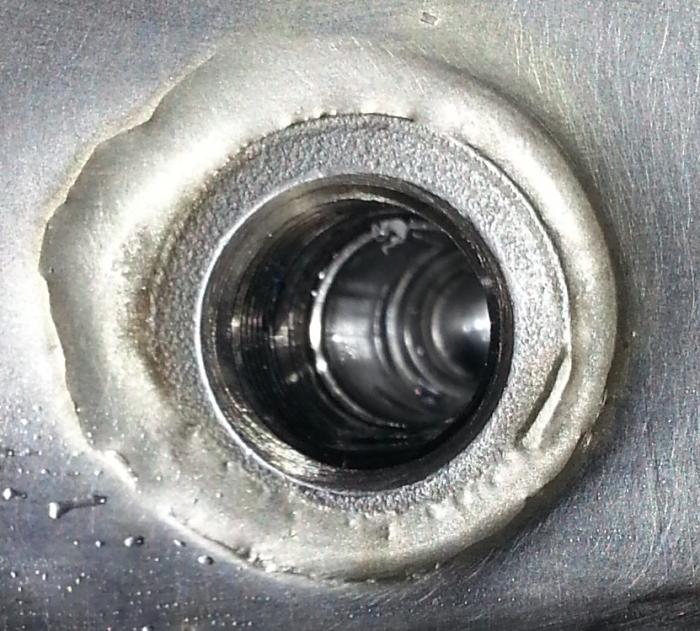One thing that needs to be stressed on soldering these bungs or 1.5" tri-clovers is to apply the heat slooooowww. If you watch Bobby's video when he is heating up the 1.5" tri-clover when the flux starts to boil he removes the heat for a few seconds tests for solder flow and then heats again if it doesn't. The trick is to get the flux to boil then turn to a light brown goo (technical term) which helps etch the SS so the solder will flow. You know you've applied the heat to fast if the flux boils and turns to a black char. You will still get some black char but it happens after the solder flows.
I watched Bobby's video 1 time and when out and attempted to solder on my first tri-clover after I had experience doing 9 nipples on the same kegs. The first attempt was BAD. My leak test failed 4 times before I got it sealed. I was not happy with the solder job so off it came. Watched the video again and paid much closer attention to how he applied the heat and solder, 2nd attempt turned out great. I did my other keg after that and it was even better.
I hope this doesn't scare anyone off of attempting the soldering. It is actually very easy to do if you take your time.
















